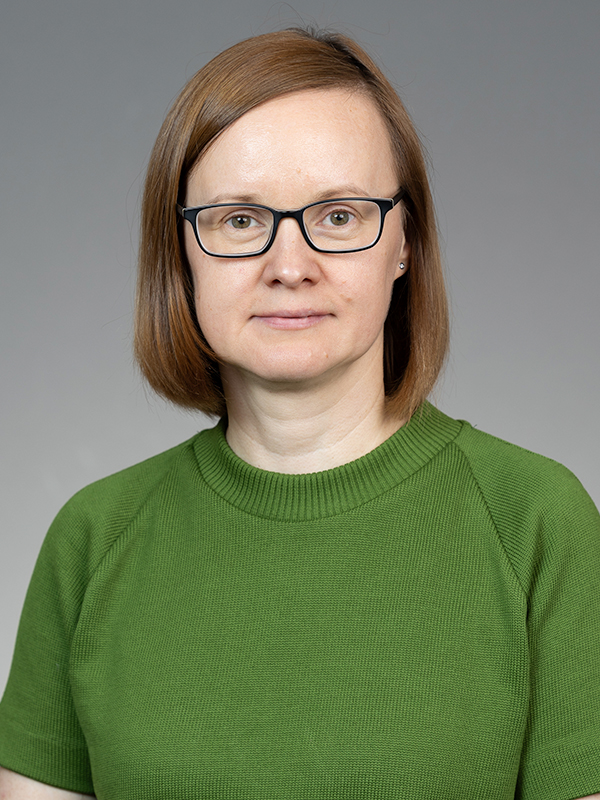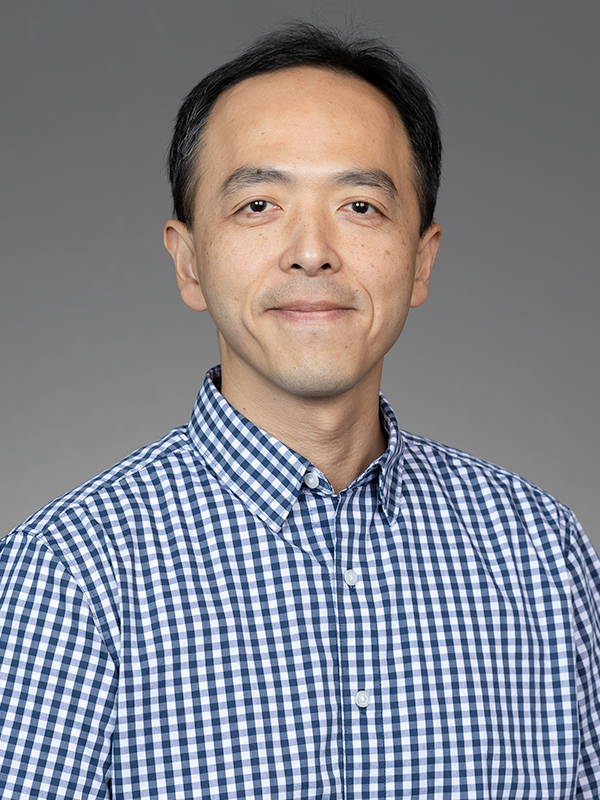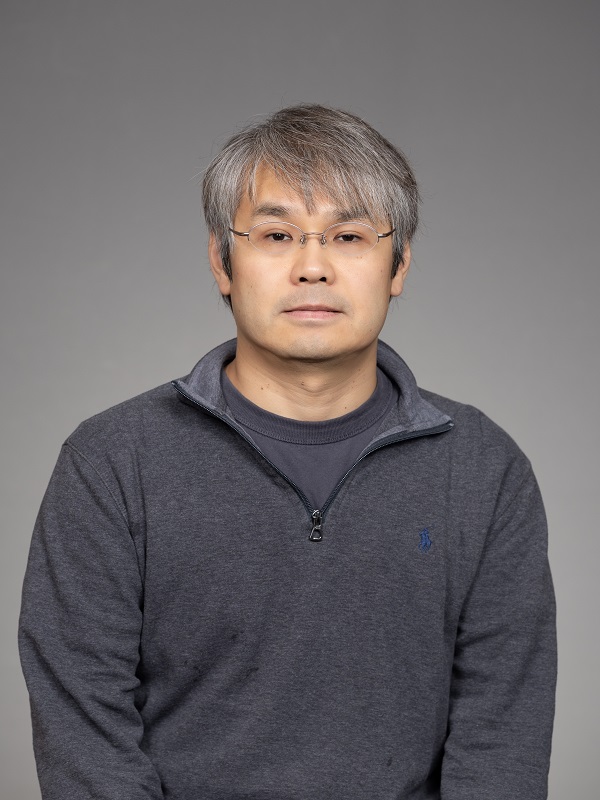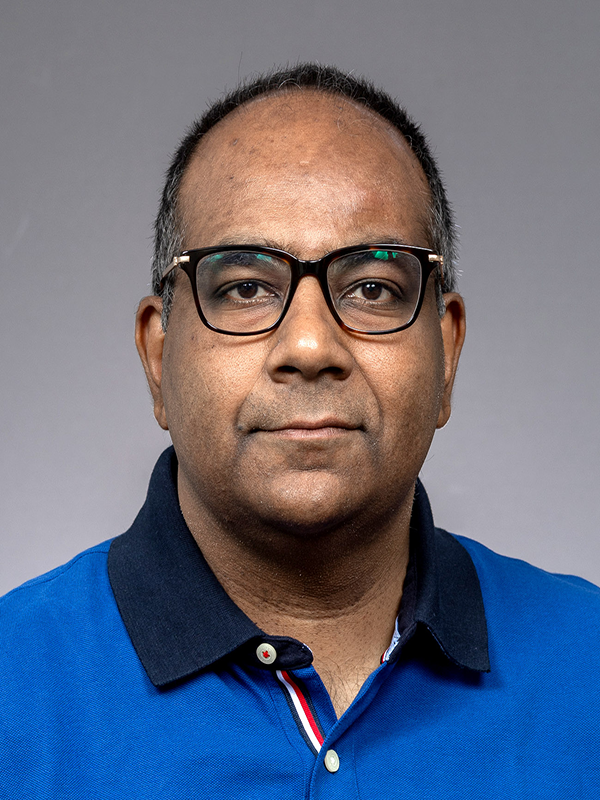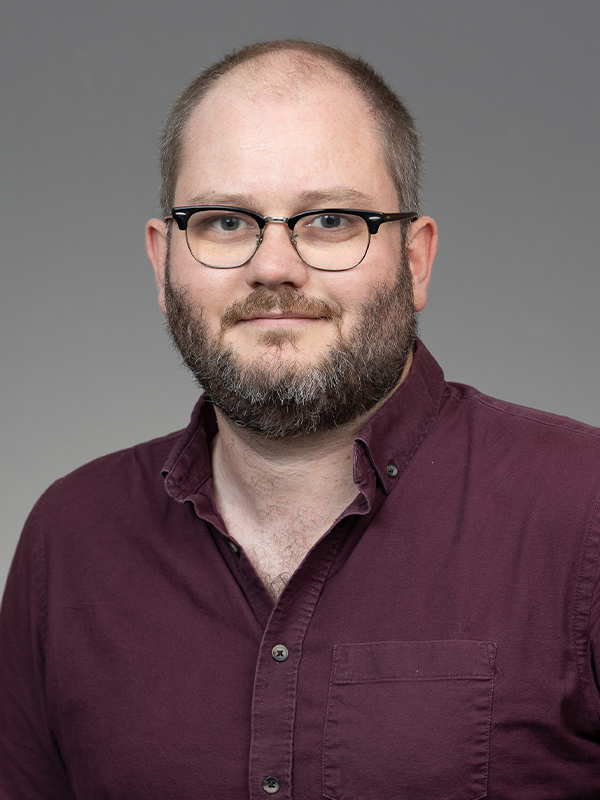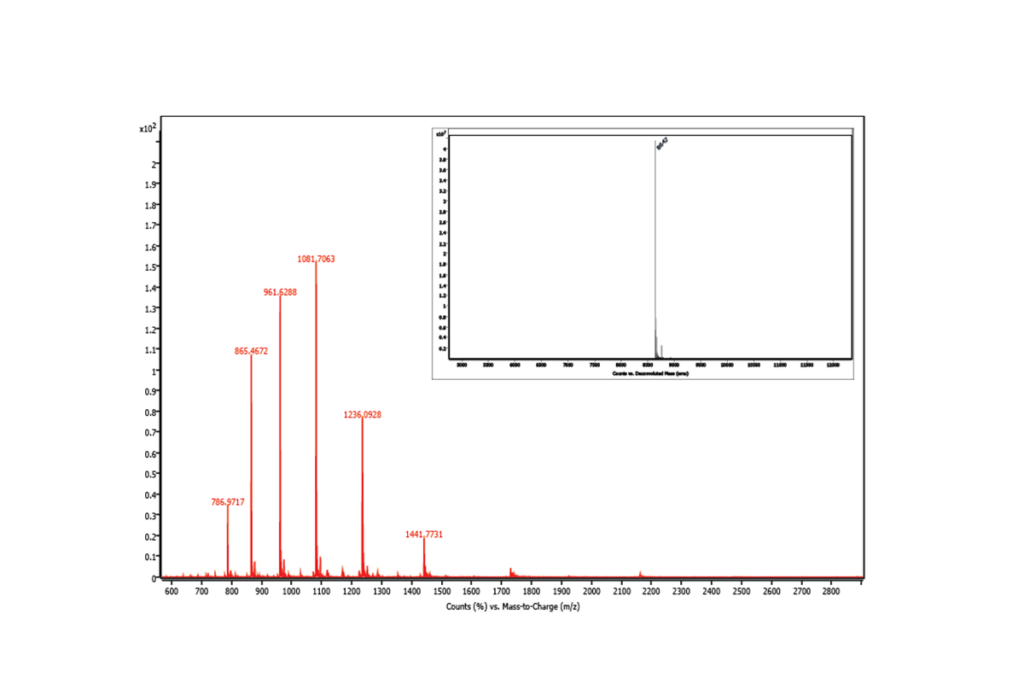
Researchers
The Moiseenkova-Bell laboratory research is focused on structure-function analysis of Transient Receptor Potential (TRP) channels and their interaction with agonists/antagonists to enhance our understanding of their function at the molecular level. In addition, her laboratory research program seeks to understand how TRP channels regulate cellular functions and the role of their dysregulation in human disease.
CryoEM and CryoET cryoET cryoEM Mass Spectrometry
The Chang laboratory specializes in the utilization and advancement of cryo-electron tomography (cryo-ET) methods and related technologies for investigating molecular structures inside cellular context. His research group employs cryo-ET to investigate a wide spectrum of host-pathogen interactions, unraveling the structural mechanisms behind various diseases that can only be elucidated through such in situ structural biology methods.
CryoEM and CryoET cryoET cryoEM Mass Spectrometry
Eukaryotic gene expression by RNA polymerase II (pol II) requires the orchestration of a large number of factors during each stage of transcription. Proper gene regulation underlies organismal development, environmental responses and can be disrupted in disease. The goal of our lab is to determine the mechanisms of pol II transitions between initiation, elongation, and re-initiation, and its regulations in the context of chromatin, which we will accomplish through structural (cryo-EM and cross-linking mass spectrometry) and biochemical dissection of these macromolecular complexes.
The lab also aims to understand the mechanism of nucleotide excision repair (NER). The eukaryote genome is actively scanned for DNA damage through at least two independent mechanisms known as transcription-coupled nucleotide excision repair (TC-NER) and global genomic nucleotide excision repair (GG-NER). In particular, we focus on the mechanism of how a set of factors serve dual functions in NER and transcription and how they are regulated.
cryoET cryoEM Mass Spectrometry
The Black Lab is answering the most pressing questions in chromosome biology, such as:
- How does genetic inheritance actually work?
- How was epigenetic information transmitted to us from our parents?
- Can building new artificial chromosomes help us understand how natural chromosomes work?
- How are the key enzymes protecting the integrity of our genome specifically and potently activated by potential catastrophes like DNA breaks or chromosome misattachment to the mitotic spindle?
cryoET cryoEM Mass Spectrometry
Circadian Clocks
Our laboratory is interested in circadian rhythms, which are daily cycles of physiology and behaviour that persist when organisms are isolated from the outside world. They represent a fundamental biological mechanism, and are present at all levels of life, from bacteria through to humans. We need them in order to anticipate and thus adapt to the solar cycle of night and day.
Although we now understand a great deal about some components of the clockwork, our recent work has implicated a significant contribution of non-transcriptional and post-translational processes to the time-keeping mechanism. In particular, we are interested in redox and metabolic oscillations that power the clockwork within single cells and tissues, such as those shown by peroxiredoxin proteins.
In humans, the sleep-wake cycle is the most obvious circadian rhythm but other, more subtle, endocrine rhythms coordinate our body's physiology. Disruption of our circadian programming through old age, neurological disease, and even shift-work, is a growing cause of significant ill health. Of note, disorders of metabolism, as well as cancer, have now been closely linked to circadian dysfunction.
We thus use a wide range of multi-disciplinary approaches, encompassing synthetic and systems biology, to deconstruct how clocks in the brain and in visceral tissues are able to control this vast array of physiological processes.
cryoEM Mass Spectrometry
The Burslem lab is interested in developing chemical tools to understand and modulate lysine post-translational modifications, specifically acetylation and ubiquitination. The laboratory is particularly interested in novel pharmacological approaches to modulate post-translational modifications which regulate gene expression and protein stability.
Chemical Biology Mass Spectrometry
The Liu Lab is affiliated with the Department of Biochemistry and Biophysics at the University of Pennsylvania Perelman School of Medicine. We utilized a battery of biochemical, cellular, and high-throughput sequencing approaches to study the function of RNA modifying enzymes and sex chromosome-encoded protein homologs in human physiology and disease.
X-ray Crystallography Mass Spectrometry
Publications
- Sustained rhoptry docking and discharge requires Toxoplasma gondii intraconoidal microtubule-associated proteins
- Combining per-particle cryo-ET and cryo-EM single particle analysis to elucidate heterogeneous DNA-protein organization
- Cryo-EM structure of the periplasmic tunnel of T7 DNA-ejectosome at 2.7 Å resolution
- A Chicken Tapasin ortholog can chaperone empty HLA-B∗37:01 molecules independent of other peptide-loading components
- Intrinsically disordered regions in TRPV2 mediate protein-protein interactions
- Native ultrastructure of fresh human brain vitrified directly from autopsy revealed by cryo-electron tomography with cryo-plasma focused ion beam milling
- Centromere-specifying nucleosomes persist in aging mouse oocytes in the absence of nascent assembly
- Visualizing the membrane disruption action of antimicrobial peptides by cryo-electron tomography
- Mechanisms and physiological function of daily haemoglobin oxidation rhythms in red blood cells
- Origin and arrangement of actin filaments for gliding motility in apicomplexan parasites revealed by cryo-electron tomography
- Nanoscale details of mitochondrial constriction revealed by cryoelectron tomography
- Structural Basis for the Phase Separation of the Chromosome Passenger Complex
- Circadian regulation of lung repair and regeneration
- Inflammasomes primarily restrict cytosolic Salmonella replication within human macrophages
- Bdellovibrio predation cycle characterized at nanometre-scale resolution with cryo-electron tomography
- Efficient Formation of Single-copy Human Artificial Chromosomes
- The structural basis of the multi-step allosteric activation of Aurora B kinase
- Centromere Innovations Within a Mouse Species
- Metformin exerts antileukemic effects by modulating lactate metabolism and overcomes imatinib resistance in chronic myelogenous leukemia
- Computational Methods Toward Unbiased Pattern Mining and Structure Determination in Cryo-Electron Tomography Data
- High-throughput cryo-ET structural pattern mining by unsupervised deep iterative subtomogram clustering
- In Situ Structure Determination of Bacterial Surface Nanomachines Using Cryo-Electron Tomography
- In Situ Structure Determination of Bacterial Surface Nanomachines Using Cryo-Electron Tomography
- Structural basis of a transcription pre-initiation complex on a divergent promoter
- Involvement of Target of Rapamycin (TOR) Signaling in the Regulation of Crosstalk between Ribosomal Protein Small Subunit 6 Kinase-1 (RPS6K-1) and Ribosomal Proteins
- Tribotronic control of an ionic boundary layer in operando extends the limits of lubrication
- An apical membrane complex for triggering rhoptry exocytosis and invasion in Toxoplasma
- Modulation of TRPV2 by endogenous and exogenous ligands: A computational study
- Bacterial Outer Membrane Polysaccharide Export (OPX) Proteins Occupy Three Structural Classes with Selective β-Barrel Porin Requirements for Polymer Secretion
- Global Impact of the COVID-19 Pandemic on Stroke Volumes and Cerebrovascular Events: A 1-Year Follow-up
- Archaic chaperone-usher pili self-secrete into superelastic zigzag springs
- Molecular basis of hUHRF1 allosteric activation for synergistic histone modification binding by PI5P
- Single-cell transcriptomics and cell-specific proteomics reveals molecular signatures of sleep
- Discovery of a Novel Inner Membrane-Associated Bacterial Structure Related to the Flagellar Type III Secretion System
- Rhoptry secretion system structure and priming in Plasmodium falciparum revealed using in situ cryo-electron tomography
- Global impact of the COVID-19 pandemic on subarachnoid haemorrhage hospitalisations, aneurysm treatment and in-hospital mortality: 1-year follow-up
- Chromosomes: A nuclear neighborhood conducive to centromere formation
- What structures did, and did not, reveal about the function of the epithelial Ca2+ channels TRPV5 and TRPV6
- Something's gotta give at the centromeric chromatin foundation of the kinetochore
- Epigenetic, genetic and maternal effects enable stable centromere inheritance
- Novel transient cytoplasmic rings stabilize assembling bacterial flagellar motors
- Structural basis of the activation of TRPV5 channels by long-chain acyl-Coenzyme-A
- Parasitology meets cryo-electron tomography - exciting prospects await
- HPF1 dynamically controls the PARP1/2 balance between initiating and elongating ADP-ribose modifications
- Gene replacement strategies validate the use of functional tags on centromeric chromatin and invalidate an essential role for CENP-AK124ub
- Author Correction: In situ ultrastructures of two evolutionarily distant apicomplexan rhoptry secretion systems
- UNSUPERVISED DOMAIN ALIGNMENT BASED OPEN SET STRUCTURAL RECOGNITION OF MACROMOLECULES CAPTURED BY CRYO-ELECTRON TOMOGRAPHY
- In situ imaging of bacterial outer membrane projections and associated protein complexes using electron cryo-tomography
- Active learning to classify macromolecular structures in situ for less supervision in cryo-electron tomography
- In situ ultrastructures of two evolutionarily distant apicomplexan rhoptry secretion systems
- Loss of the Bacterial Flagellar Motor Switch Complex upon Cell Lysis
- Programmed Flagellar Ejection in Caulobacter crescentus Leaves PL-subcomplexes
- Permitted and restricted steps of human kinetochore assembly in mitotic cell extracts
- The Cryo-EM Effect: Structural Biology of Neurodegenerative Disease Proteostasis Factors
- The Cryo-EM Effect: Structural Biology of Neurodegenerative Disease Aggregates
- An Alveolata secretory machinery adapted to parasite host cell invasion
- Rapid Detection and Signaling of DNA Damage by PARP-1
- PilY1 and minor pilins form a complex priming the type IVa pilus in Myxococcus xanthus
- Centromere identity and function put to use: construction and transfer of mammalian artificial chromosomes to animal models
- Maternal inheritance of centromeres through the germline
- Bacterial flagellar motor PL-ring disassembly subcomplexes are widespread and ancient
- Bacteria suit up with virus armor
- Molecular architecture, polar targeting and biogenesis of the Legionella Dot/Icm T4SS
- De Novo Structural Pattern Mining in Cellular Electron Cryotomograms
- Simulations suggest a constrictive force is required for Gram-negative bacterial cell division
- In Situ Imaging and Structure Determination of Bacterial Toxin Delivery Systems Using Electron Cryotomography


